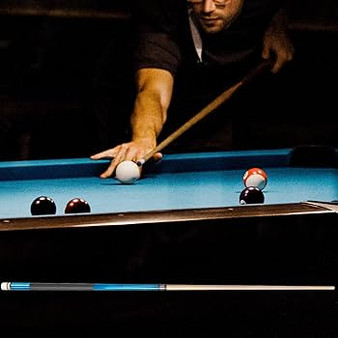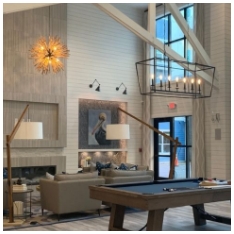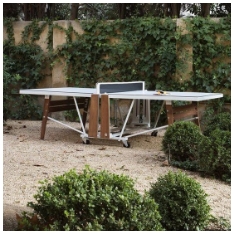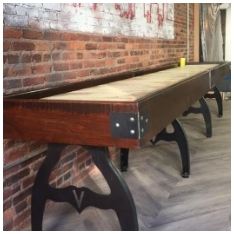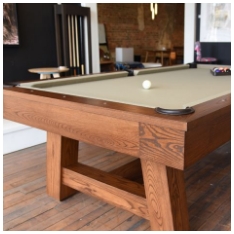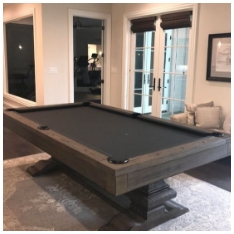Purchasing your first pool cue is a milestone for anyone who enjoys billiards. A good cue can significantly improve your game, but it requires proper maintenance to stay in top condition. Neglecting care can lead to warping, poor performance, or even permanent damage. Fortunately, maintaining a pool cue is straightforward if you follow consistent practices.
we’ll cover 9 maintenance tips for your first pool cue, ensuring you get the best performance and longevity from your investment. Whether you’re a casual player or someone who plans to refine your skills, these tips will help you keep your cue reliable and comfortable to use.
9 Maintenance Tips for Your First Pool Cue
1. Store Your Cue Properly
One of the most important steps in maintaining a pool cue is proper storage. Leaving your cue leaning against a wall or standing in a corner can cause it to warp over time. Instead, use a cue rack or a protective case designed to hold cues horizontally or vertically without pressure on the shaft.
- Avoid damp areas as moisture can damage wood.
- Keep away from direct sunlight which can dry and crack the cue.
- Store at room temperature to prevent expansion or contraction of materials.
Correct storage habits will help maintain your cue’s straightness and prevent costly repairs.
2. Clean the Shaft Regularly
A pool cue shaft naturally accumulates chalk, sweat, and oil from your hands. Over time, this buildup can make the cue sticky and affect your shot accuracy.
- Wipe the shaft with a clean, dry cloth after every session.
- Use a slightly damp cloth occasionally, followed by immediate drying.
- Avoid harsh cleaning chemicals that may strip protective finishes.
Regular cleaning keeps your cue smooth and ensures a consistent feel during play.
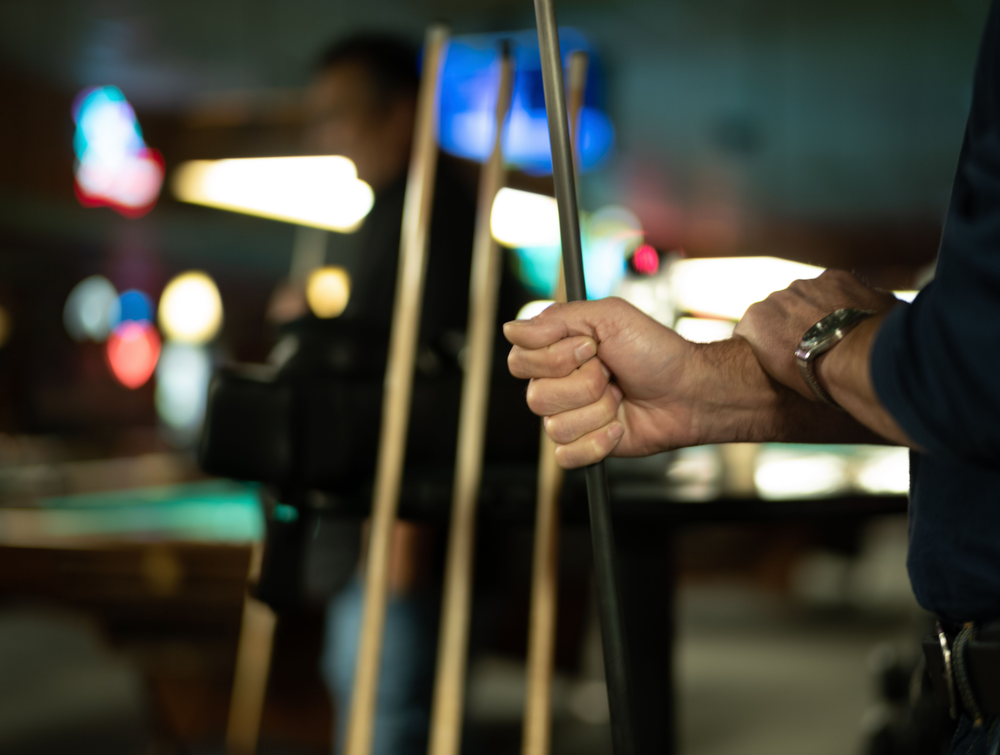
3. Maintain the Cue Tip
The cue tip is the point of contact with the ball, making it one of the most critical parts of your cue. A worn or improperly shaped tip can affect spin, control, and overall performance.
- Shape the tip with a cue shaper to maintain a rounded surface.
- Scuff lightly to keep the chalk adhering evenly.
- Replace the tip when it becomes too thin or hard.
Proper tip care directly improves shot accuracy and control, especially when applying spin.
4. Use Cue Chalk Correctly
Chalk is essential for preventing miscues, but over-chalking can cause unnecessary mess and residue. To apply chalk correctly:
- Use light, even strokes instead of grinding the chalk into the tip.
- Chalk before each critical shot, not excessively.
- Store chalk separately from your cue case to avoid unnecessary dust inside.
This small habit prevents buildup and helps maintain the cue shaft and tip in better condition.
5. Protect the Cue Joint
The joint connects the shaft and butt of your cue. Dust, dirt, or damage in this area can affect how tightly your cue fits together and impact shot accuracy.
- Wipe the joint clean before assembling.
- Avoid over-tightening, which can wear out the threads.
- Store the cue disassembled in a protective case if possible.
Maintaining a clean and secure joint ensures a stable cue with consistent performance.
6. Keep the Cue Straight
Even slight warping can ruin a cue’s accuracy. To check for straightness:
- Roll the cue on a flat surface like a pool table.
- Watch for any wobbling, which indicates bending.
If you notice warping, avoid using the cue until it’s repaired or replaced. Preventing warp is easier than correcting it, so focus on proper storage and handling.
7. Handle the Cue With Care
A pool cue is not just sports equipment—it’s a precision tool. Treating it roughly can shorten its lifespan.
- Avoid striking hard surfaces like the floor or table edge.
- Don’t use the cue to break racks if it’s not designed for breaking.
- Keep food and drinks away to prevent accidental spills.
Gentle handling preserves your cue’s finish and prevents structural damage.
8. Invest in a Quality Cue Case
A cue case is essential for transporting and protecting your cue. It shields against bumps, scratches, and environmental changes.
- Choose a case with padding for maximum protection.
- Hard cases offer better protection, while soft cases are lighter for casual use.
- Always secure the zippers or latches to prevent the cue from slipping out.
A good case is a long-term investment that prevents avoidable damage.
9. Schedule Professional Maintenance
Even with regular care, it’s wise to have your cue inspected by a professional occasionally. Cue makers or repair shops can:
- Replace worn tips.
- Reseat or clean ferrules.
- Check for hidden cracks or warping.
Professional servicing ensures that your cue stays in optimal condition for years.
Why Proper Maintenance Matters
Caring for your pool cue isn’t just about extending its lifespan. Proper maintenance also:
- Enhances shot accuracy by keeping the cue in reliable condition.
- Reduces replacement costs for tips, shafts, or full cues.
- Provides a smoother, more comfortable playing experience.
For beginners, these habits build a strong foundation that ensures consistent performance as your skills improve.
Conclusion
Your first pool cue is more than just equipment it’s an investment in your enjoyment and progress in billiards. By following these 9 maintenance tips for your first pool cue, you’ll protect its condition, improve accuracy, and extend its life. From proper storage and cleaning to careful handling and professional checkups, each step ensures your cue remains a dependable part of your game.
Developing these habits early will save you from costly repairs and allow you to focus on improving your skills at the table. With consistent care, your pool cue will remain a reliable tool for years of enjoyable play.
